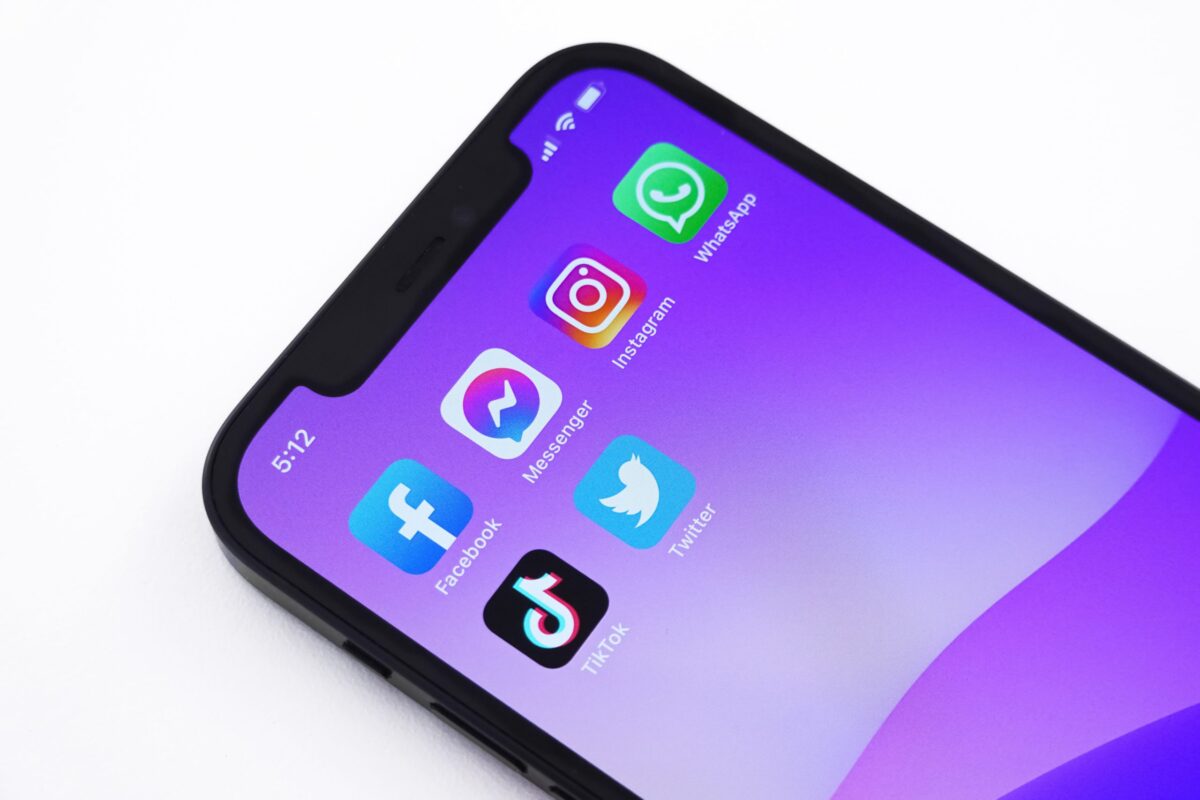
Recently, I overheard a business leader referring to “his workers.” For a minute there, I wondered if I’d been transported back to 1920 and he was referring to a sweatshop of some kind. But alas, that is how this leader referred to team members. It seemed like a very outdated way to refer to the people who serve his customers and produce results for his company.
If you see employees as working FOR you or working FOR your company, therein may lie the problem. Employee engagement is not something you do FOR or TO employees, it’s something you do WITH employees.
We’ve ALL got skin in the game.
If you want to have engaged employees, you’ve got to treat them like they’ve got skin in the game – and they DO have skin in the game.
In my work with clients, whether it’s one-on-one coaching, team coaching, training, or any other of a variety of services, we start out the same way. I remind them that I am responsible TO them, but I am not responsible FOR them. I am responsible TO present information in an engaging and insightful way and to challenge them to think and apply their learning to their work. However, I am not responsible FOR how they participate and whether or not they put the knowledge into practice.
This concept applies to employee engagement. We’ve got to stop thinking of employee engagement as some kind of obligatory HR program, policy, or initiative. Employee engagement is something you do WITH employees. Take responsibility for your behaviors and how you influence others to either be engaged or to be disengaged at work. Urge team members to take ownership of their own engagement. Otherwise, the burden will always be on the leader. Employees will stand there with their arms crossed defiantly saying “Just try to engage me!”
Employee engagement is the new safety.
Do you remember waaay back in the day – like the 80’s, when employee safety was a soft, feel-good catch phrase? The safe “policies and practices” of many organizations went from the admonishment, “Just don’t do anything stupid!” to a carefully crafted HR policy and wordy procedures. It wasn’t until leaders and organizations started making it ABOUT employees and made it everyone’s responsibility, that it became more widely embraced and practiced. To me, that is why employee engagement is the new safety.
The moment employee engagement is no longer a buzzword, but becomes part of the fabric of our organization, a given, if you will, then we know that it’s sustainable. Programs, projects, those things usually have a finite life span. Engaging employees – a verb – should be part of the everyday behaviors of executive leaders and team members.
Focus on relationships and results.
An employee will be more or less engaged and loyal to an organization based on the relationships she has within the organization. The relationship with her manager, boss, supervisor, superior is HUUUGE. As a leader, how well you cultivate positive relationships, build trust, and serve your team members will play a critical role in the results that you achieve.
Don’t commit assumicide.
All you gots to do is ASK what elements of his job your employee likes, and which elements he dislikes. Find out what challenges he’s facing. You know what happens when we assume. So, don’t do it. Ask learning questions instead of making assumptions. Be genuinely interested and curious.
Ditch the fancy surveys.
Once upon a time there was a company that invested approximately a guh-zillion dollars on a fancy-schmancy employee engagement survey. Once the results were in, they were filed away and completely ignored. There’s no point in conducting engagement surveys if you’re not going to act on the results. If you’ve got buckets of money that you don’t mind throwing away, then rock on with your bad self and continue to do these surveys. Otherwise, simpler is better.
Engaged employees equals engaged customers.
The former CEO Doug Conant who completely turned the Campbell Soup Company around said, To win in the marketplace, you must first win in the workplace. It’s a pretty weighty statement and a Jeopardy-esque quotable phrase, but it turns out that there’s research to back it up.
Employee engagement is directly linked to customer satisfaction, and customer satisfaction is directly related to financial performance. And the knee-bone is connected to the shinbone. Therefore, employee engagement affects your bottom line.
Realize that it’s a moving target. Each time I work with, and coach teams and leaders, we want to continue to advance to get to the next level. It’s about making constant forward motion, but you never really arrive. Professional golfers don’t hire a coach, master one aspect of their game, and then just stop working at it. Team members need to feel that they are making forward momentum in meaningful work to be engaged. It’s all about progress.
Employee engagement is a daily practice, not a program. The sooner we take it from a responsibility of HR and weave into the very fabric of our organizations, the better off we’ll be. As an executive leader, what that means for you is making engaging actions every day.
CHIME IN:
- How do you build relationships with team members and colleagues in your organization?
- How are you creating an environment where employees feel that they are making progress in their work?
To receive solutions to your people problems in your inbox every month, and to receive our report: “7 of Your Biggest People Problems…Solved,” click here.
You might also like:
Leadership Team Accelerated Results Program
12 Powerful Questions to Stash in Your Leadership Toolbox
Leadership Lessons to Push Past Homeostasis
Jennifer Ledet, CSP, is a leadership consultant and professional speaker (with a hint of Cajun flavor) who equips leaders from the boardroom to the mailroom to improve employee engagement, teamwork, and communication. In her customized programs, leadership retreats, keynote presentations, and breakout sessions, she cuts through the BS and talks through the tough stuff to solve your people problems.
Photo


















